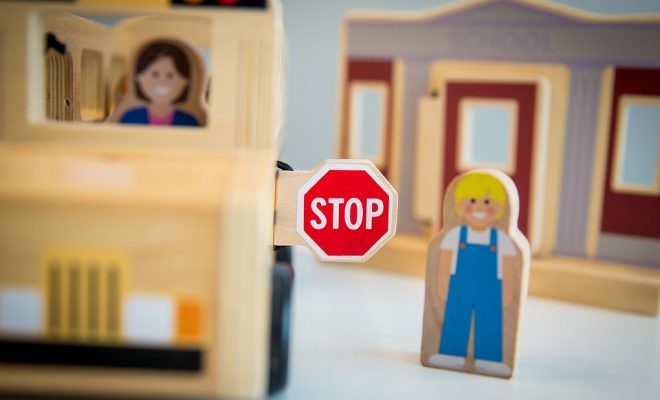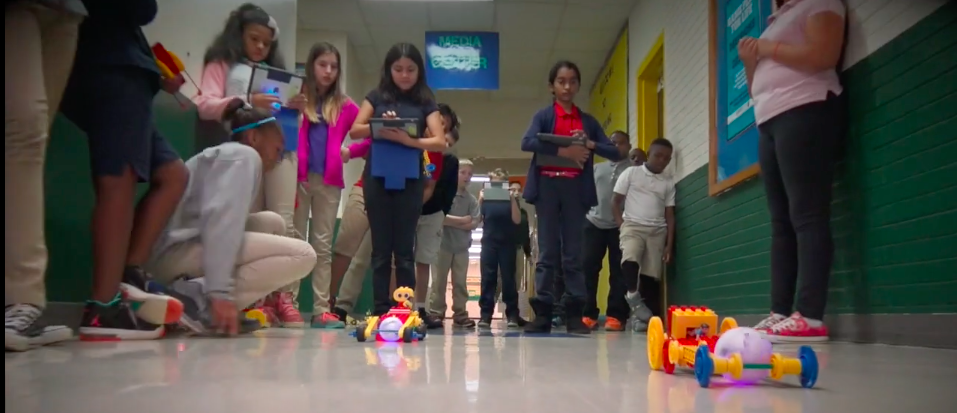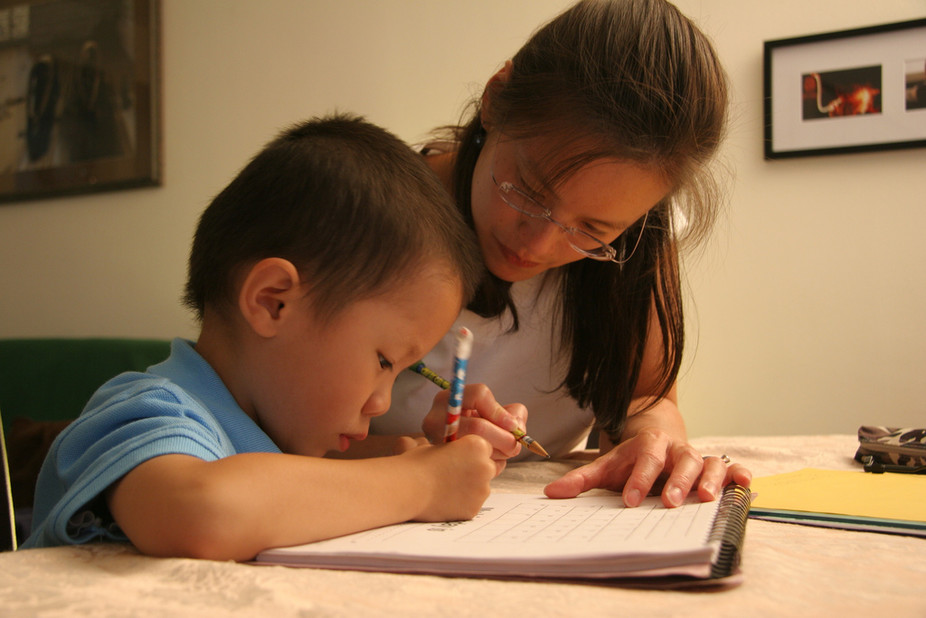Poverty and School Funding: Why Low-Income Students Often Suffer

By Matthew Lynch
While the current U.S. economy continues to improve, there is one area that is still feeling the squeeze from the recession years: K-12 public school spending. Recently, the Center on Budget and Policy Priorities found that 34 states are contributing less funding on a per student basis than they did prior to the recession years. Since states are responsible for 44 percent of total education funding in the U.S., these dismal numbers mean a continued crack down on school budgets despite an improving economy. In extreme cases, like in Philadelphia and Chicago, individual districts have had to tap into other money and reserves to cover the basics of public education in their areas.
Low-Income Students Hardest Hit
This is a particular blow to areas with high rates of poverty. Students in these areas not only suffer from lack of resources at home, but their schools must also scrape by on the minimum. It’s not a secret that poverty is a major problem in the United States. The middle class seems to be disappearing and the gap is widening between the upper class and the lower class sectors of society. The socioeconomic status of children and their families has a profound effect on the children’s education, even in a country that prides itself on equal opportunity and fair treatment of all. Funding to low-income Title I schools has decreased since 2010 and a number of states have cut pre-K educational per student funding in recent years and many have had to reduce enrollment numbers.
In practical terms, these findings make sense. Property taxes pay much of public education costs and that revenue source is still low. Overall, the Center on Budget and Policy Priorities found that districts collected just over 2 percent lower on property taxes ending in March than in the year before. Furthering the problem is the fact that while states have been cut throat in reducing spending, they have not been as vigilant in raising revenue sources through taxes and fees.
Not Just a Student Problem
Less state spending on education certainly affects the learning experience but it also impacts other areas of the economy. Unemployed teachers and administrators have less to pump back into the economy and the viscous cycle of K-12 underfunding is furthered. While unemployment is a factor in poverty for some, there are many who are employed and still live below the poverty line. A higher level of education is needed for high paying jobs that can support a family. It is difficult to support a family with a minimum wage job, even when working full-time. The conundrum is furthered when school funding is diminishing—removing one more source of hope for ending the cycle.
Children living in poverty often come to school without having had enough sleep, and without having had breakfast. They often experience family violence, abuse, secondhand smoke, neglect, poor clothing and shoes. Even though they have limited experiences in the world, they may not be able to pay for field trips and cannot pay for extracurricular activities of any kind, which could actually expand their experience base. This is the frightening reality for millions of children, and teachers are very likely to have impoverished students in their class. But, without the necessary resources to address these concerns, little improvement will be seen.
If we cannot fully fund our public schools how can we expect things like the achievement gap to close or high school graduation rates to rise? It was understandable that budgets had to be slashed when the bottom dropped out of the economy but now that we are in a more stable place, it is time to get back to funding what matters most: the education of our K-12 students.
What do you think? Are our priorities in this country misguided?
photo credit: peasap via photopin cc
Click here to read all our posts concerning the Achievement Gap.





